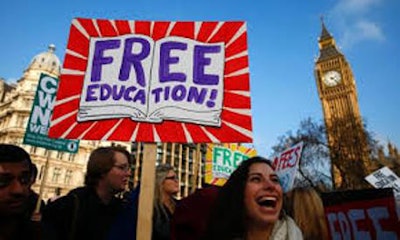A number of inconvenient truths beset the U.S. international standing in educational attainment. The U.S. currently ranks 11th out of 34 developed countries in college degree attainment according to the OECD. Although the U.S. was the first nation to offer universal high school to all students, American students have since fallen woefully behind their peers in China, Korea and Canada in math.

Tienda is a professor of demographic studies and sociology at Princeton University. She is also the former director of the Office of Population Research at Princeton, a former Guggenheim fellow, and a member of the American Academy of Arts and Sciences, the American Academy of Political and Social Sciences, and the National Academy of Education.
In Thursday’s lecture, Tienda referred to a 2013 Atlantic article by Stephen Lurie, which argued that the countries surpassing the U.S. in global education rankings have one common characteristic. As Tienda put it on Thursday night, they “all either have a statutory guarantee to a free education or an independent statute guaranteeing education as a basic right.” By contrast, in the U.S. the right to an education is housed in the individual constitutions of the 50 states, according to the 10th amendment.
For his 2013 analysis, Lurie used “The Learning Curve,” an international assessment of schools produced by the publishing company Pearson. The Learning Curve put the U.S. at 17th in 2012, which was the most recent available data when Lurie wrote the Atlantic article, and 14th out of 40 countries in 2014.
As the U.S. falls behind in the international rankings, public education has also become increasingly unequal and weighted in favor of wealthier students and school districts. Today, one in six students attends a public school that is highly racially segregated and underresourced, despite sustained efforts to desegregate school systems after Brown v. Board of Education was passed in 1954.
In a blow for economic equality, family income has become an indicator of academic success. The achievement gaps in standardized testing between students from the 10th and 90th percentages of the income distribution grew by nearly 40 percent since 1970.




















